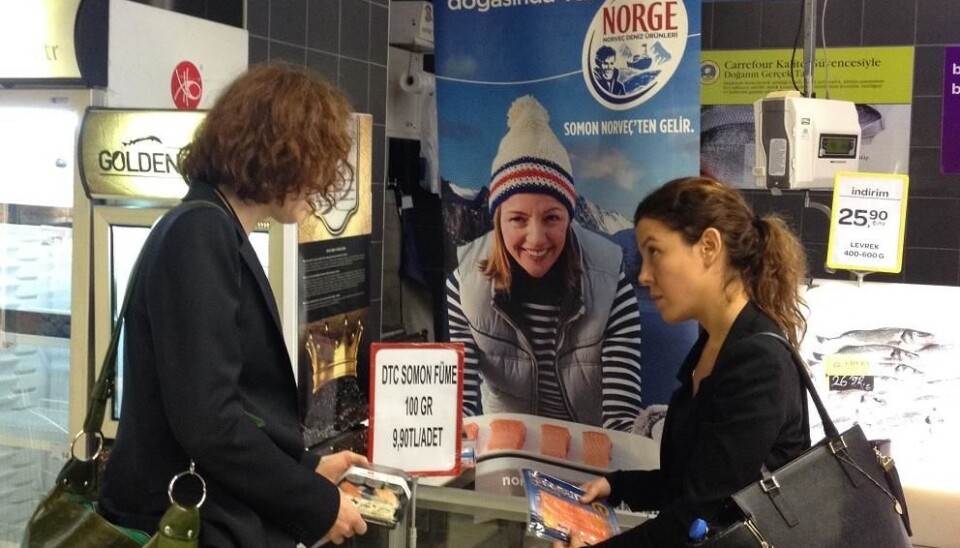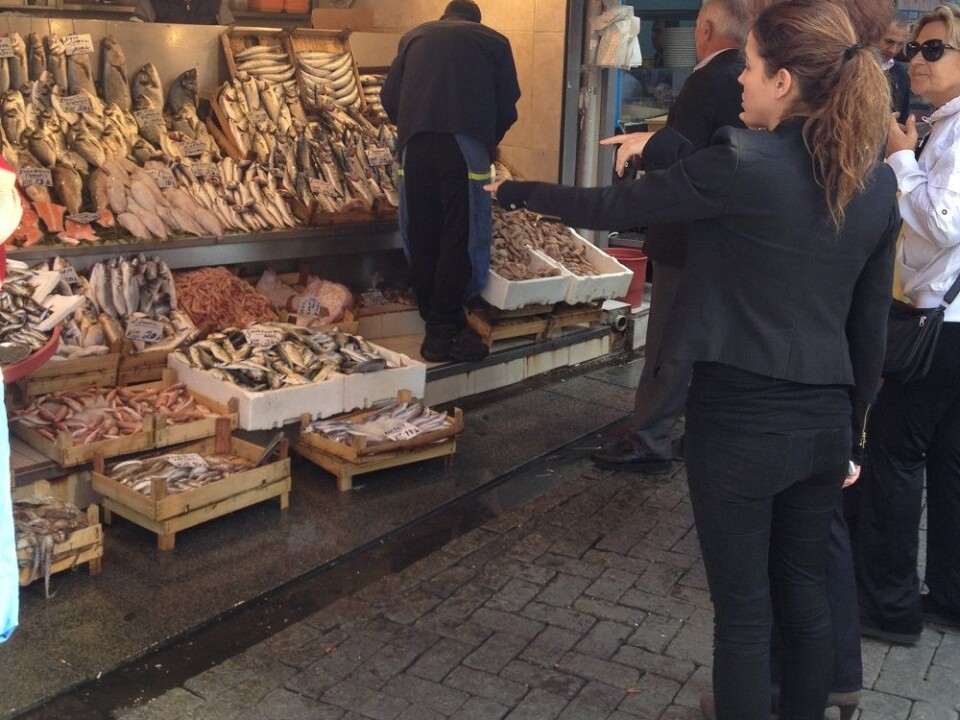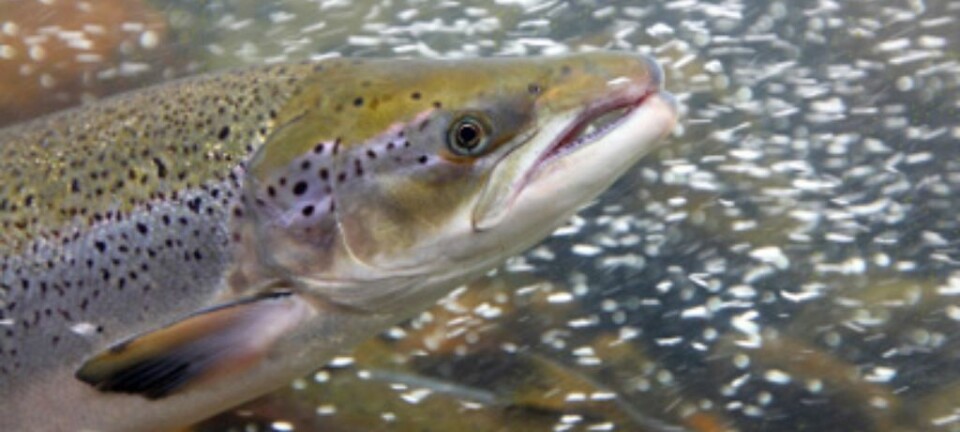This article was produced and financed by Nofima The Norwegian Institute of Food, Fisheries and Aquaculture Research

Norwegian salmon: a smash hit amongst Turks
Salmon is becoming more and more popular in Turkey. Sushi, health concerns and tourism explains why, says researchers.
Just now, two different factors interact and make Turkey a particularly interesting market for Norwegian seafood exporters.
Firstly, they are experiencing a crisis in their own fisheries. Because of long-term overfishing in the waters around Turkey and a modest aquaculture industry, access to seafood is limited and the country is more dependent on imports.
Secondly, a growing part of the Turkish population is concerned about eating healthier. They therefore want to replace many of the traditional meat dishes with seafood.
"Traditionally, Turks buy their fish from the fishmonger in the street, but today modern supermarket chains have first class fish counters with a large variety of fish and seafood. In one supermarket we found even a live king crab from Norway," says Gøril Voldnes, a scientist at Nofima.
Opportunities and challenges

"Norwegian mackerel is exported frozen, and has had a strong position in the Turkish market for the past 25 years. Mackerel is very popular as “balik ekmek”, a type of sandwich with mackerel and salad that is sold a lot as fast food on the streets," she says.
Over the last few years, statistics have shown a marked growth in fresh salmon imports. This can be partly due to the fact that it works nicely on the grill, which is very popular in Turkish cuisine. In addition, the sushi trend has started to take off in Turkey and here Norwegian salmon is one of the main ingredients, the scientist explains.
Nofima has looked at the opportunities and challenges for Norwegian seafood in Turkey. As far as challenges go, the Turks in general eat little seafood, and have limited knowledge about fish.
"Obviously this varies depending on how near the coast they live, but on average the amount consumed is only six kilogrammes of seafood per person per year. It is low compared to Norway where we eat around 40 kilogrammes of seafood per person per year."
"The lack of knowledge of fish has even created the myth that fatty fish, combined with dairy products, can be so dangerous that one can die from it. Thus, to increase consumption information and promotional campaigns are needed that encourage consumers to adopt new eating habits." the researcher says.
"In addition, the consumers prefer fresh fish and are used to buying whole, portion sized fish with heads and gills so that they can check the freshness themselves. At fish markets we saw that they would often wring the gills to see how fresh the fish was. This can be a challenge for bigger fish. There are also some non-tariff barriers to trade with a Turkish bureaucracy that is constantly making up new rules." she continues.
Fresh = Norwegian advantage
Many Turks have already acquired a taste for Norwegian salmon and its popularity is increasing. This has resulted in Marine Harvest establishing themselves in the country in 2015. Lerøy has been in Turkey for a lengthy period of time already.
"It is the fresh salmon that is Norway’s advantage in Turkey. If the Turks should start to ask for frozen fillets, the Norwegian salmon would face tough competition from, for example, Chile. Norway can, as the sole exporter, transport fresh salmon to Turkey by road, and therefore has a huge advantage in this market which prefers fresh seafood," Voldnes explains.
Efforts have been made to introduce herring, pollock and cod to the Turkish market. The first two with good results. Herring because of tourism from Russia and Eastern Europe, and pollock because in taste it is not unlike local species of fish and it is cheap. Pollock is sought after, but is no longer offered by Norwegian exporters. Turkey therefore imports this fish from Iceland, which is competing with Norway to gain entry into this market
Cod is difficult
So far, cod has not had any success in the consumer market, but may be relevant for the restaurant market. With roughly 35 million visitors every year, Turkey is a major tourist destination. An increased interest in international cuisine and not least a budding gourmet trend in restaurants, results in cod being well received by chefs. When it is available of restaurant menus, it is possible that cod might become more interesting to consumers.
"On average, Turks eat in restaurants two-three times a week, and it is common to buy lunch out. The restaurant market is therefore an interesting entry point for several Norwegian seafood products," says Voldnes.

































